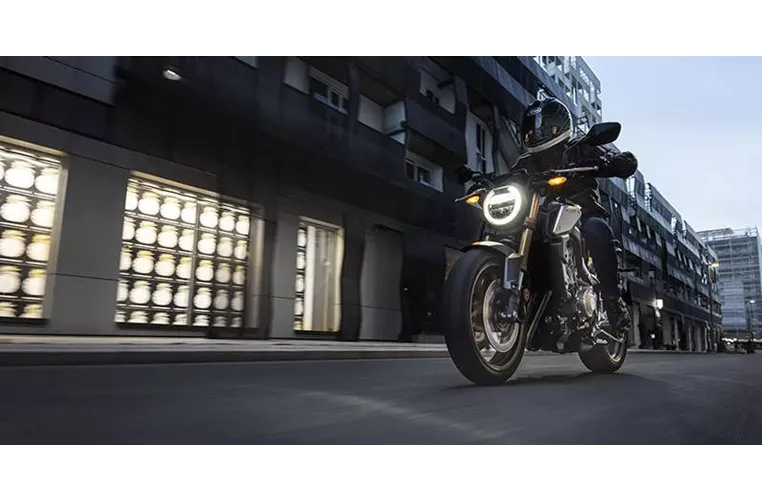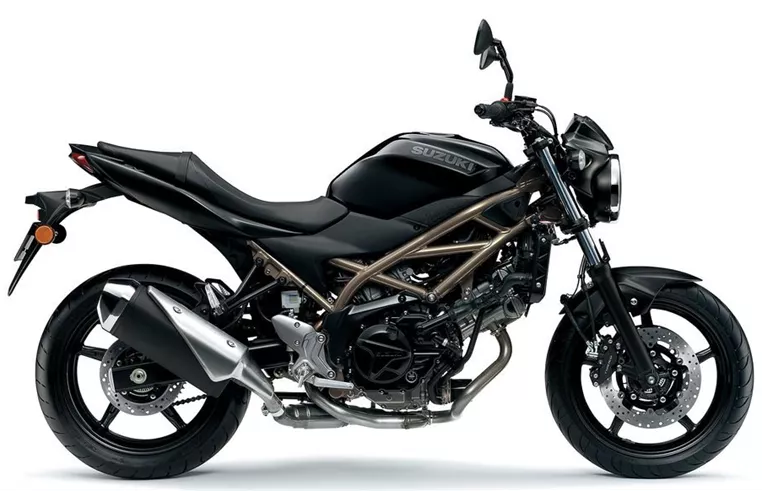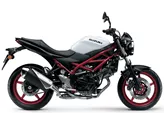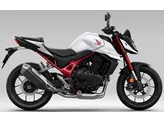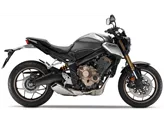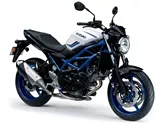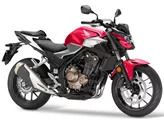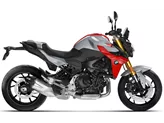Honda CB650R 2023 vs. Suzuki SV 650 2021
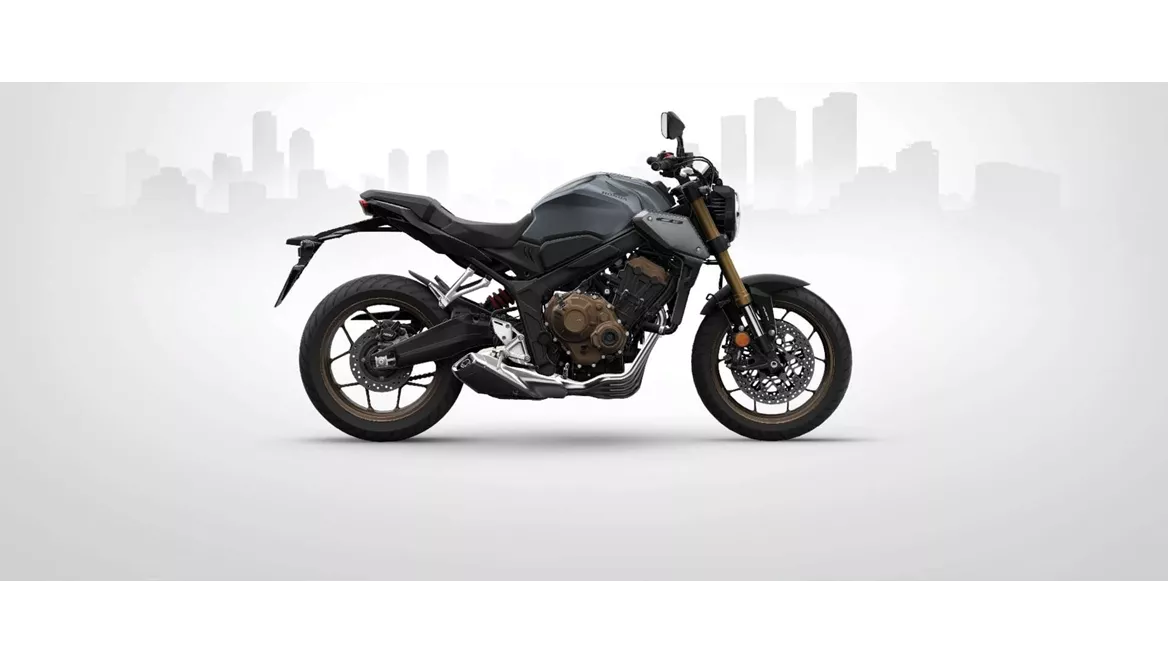
Honda CB650R 2023
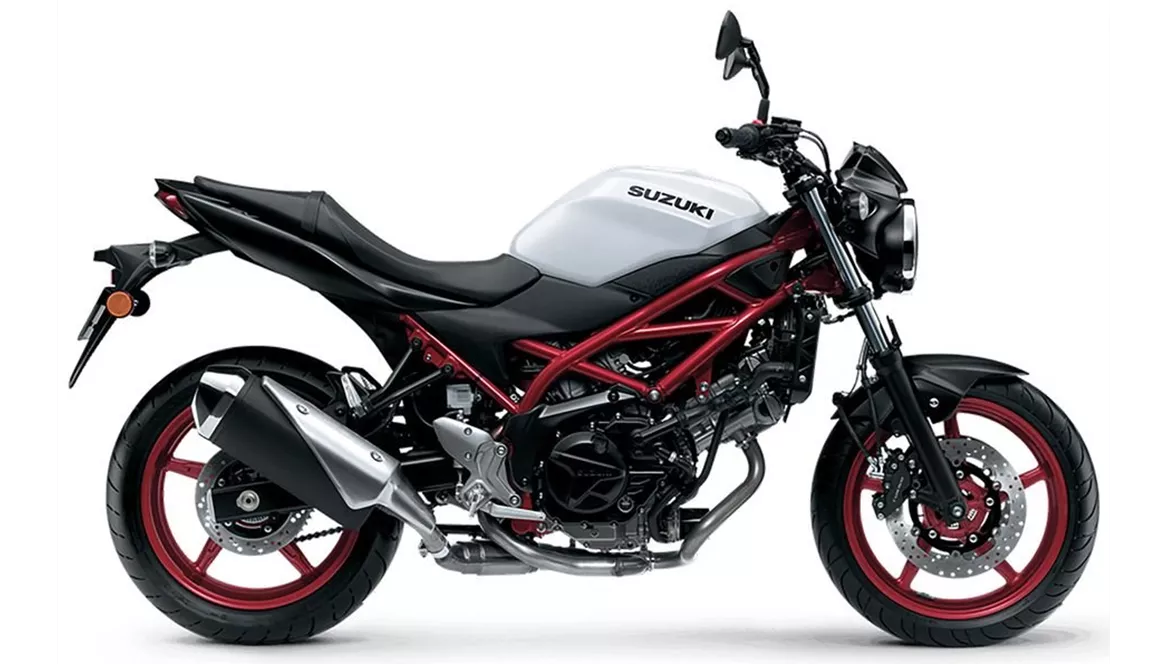
Suzuki SV 650 2021
Overview - Honda CB650R 2023 vs Suzuki SV 650 2021
The Honda CB650R 2023 and the Suzuki SV 650 2021 are both popular naked bikes in their respective model years. While they share some similarities in terms of engine type, fuel system, suspension, and advanced rider assistance systems, there are notable differences between the two bikes.
In terms of engine performance, the Honda CB650R 2023 has a more powerful engine with 95 HP compared to the Suzuki SV 650 2021's 73 HP. Additionally, the Honda CB650R has a slightly higher torque of 63 Nm compared to the Suzuki SV 650's 64 Nm. This means that the Honda CB650R may offer better acceleration and overall performance.
Both bikes have liquid cooling systems and fuel injection, ensuring efficient and reliable performance. However, the Honda CB650R has four cylinders, while the Suzuki SV 650 has two cylinders. The additional cylinders in the Honda CB650R may provide smoother power delivery and a more refined engine performance.
In terms of suspension, both bikes feature a swing arm and a monoshock rear suspension with preload adjustment. However, the Honda CB650R has an upside-down telescopic fork front suspension, which may offer better handling and stability compared to the telescopic fork front suspension of the Suzuki SV 650.
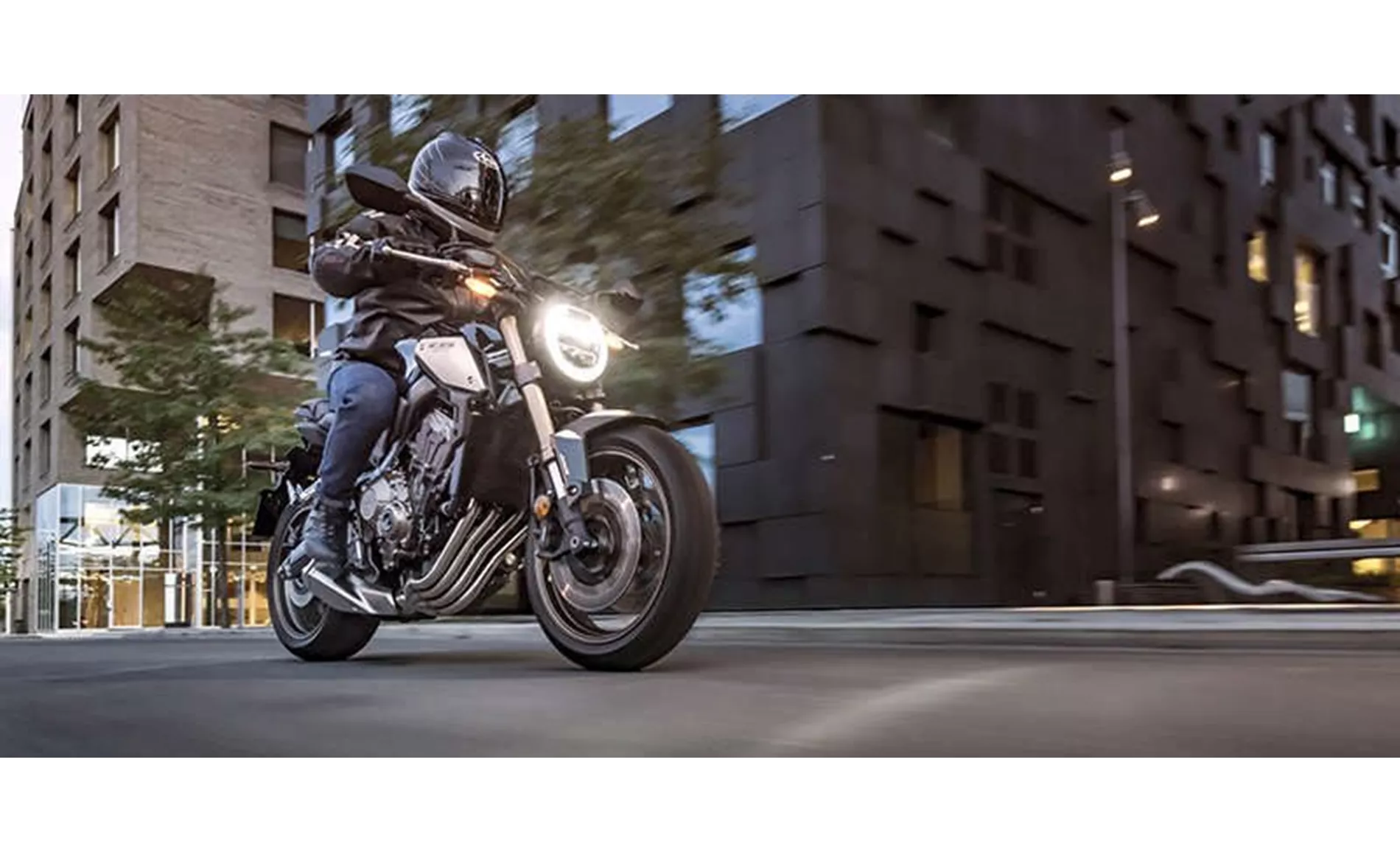
Honda CB650R 2023
When it comes to the chassis, both bikes have steel frames. However, the Honda CB650R has a twin tube frame, which may provide better rigidity and stability compared to the tubular frame of the Suzuki SV 650.
In terms of braking, both bikes have double disk front brakes with four-piston calipers. However, the Honda CB650R has larger front brake disks with a diameter of 310 mm compared to the Suzuki SV 650's 290 mm front brake disks. This may result in better braking performance and shorter stopping distances for the Honda CB650R.
In terms of dimensions and weights, the Honda CB650R has a slightly larger wheelbase of 1450 mm compared to the Suzuki SV 650's 1445 mm wheelbase. The seat height of the Honda CB650R is also slightly higher at 810 mm compared to the Suzuki SV 650's 785 mm seat height. However, the Suzuki SV 650 is slightly lighter with a kerb weight of 200 kg compared to the Honda CB650R's 202.5 kg kerb weight.
Both bikes have ABS as their advanced rider assistance system, providing added safety and control. However, the Suzuki SV 650 does not have any additional electronics on board apart from ABS, while the Honda CB650R does not specify any additional electronics.
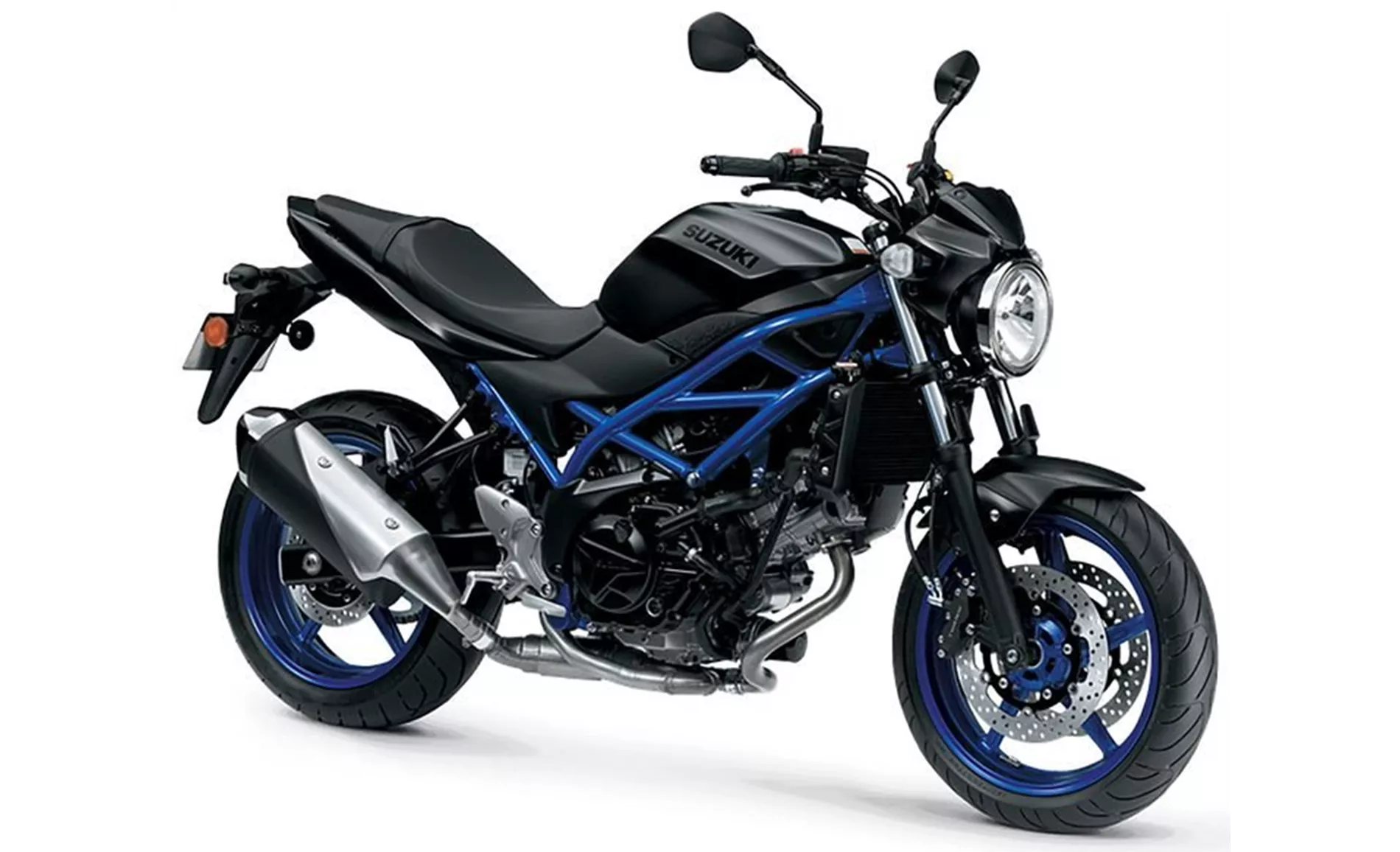
Suzuki SV 650 2021
In terms of fuel capacity and range, the Suzuki SV 650 has a slightly larger fuel tank capacity of 14.5 liters compared to the Honda CB650R's 15.4 liters. However, the Suzuki SV 650 has a higher combined fuel consumption of 4.1 l/100km compared to the Honda CB650R's 4.9 l/100km. This means that the Honda CB650R may offer a longer range of 314 km compared to the Suzuki SV 650's 353 km range.
In terms of strengths, the Honda CB650R 2023 offers a powerful engine with good revving capabilities, adequate power, and a sporty seating position. The wide handlebars and comfortable everyday use make it a versatile option for riders. On the other hand, the Suzuki SV 650 2021 is praised for its confident V2 powerplant with character, stable chassis, comfortable seating position, easy handling, and timeless look.
However, both bikes have their weaknesses. The Honda CB650R 2023 is noted to be somewhat sluggish, and its display is functional but not exciting. On the other hand, the Suzuki SV 650 2021 requires manual force for the brake, lacks additional electronics apart from ABS, and has moderately readable instruments.
In conclusion, the Honda CB650R 2023 and the Suzuki SV 650 2021 are both capable naked bikes with their own strengths and weaknesses. The Honda CB650R offers more power, a refined engine, and a higher fuel capacity, while the Suzuki SV 650 provides a characterful powerplant, stable chassis, and a comfortable riding position. Ultimately, the choice between the two will depend on the rider's preferences and priorities.
Technical Specifications Honda CB650R 2023 compared to Suzuki SV 650 2021
Pros and Cons in comparison
Pros and Cons in comparison
Honda CB650R 2023
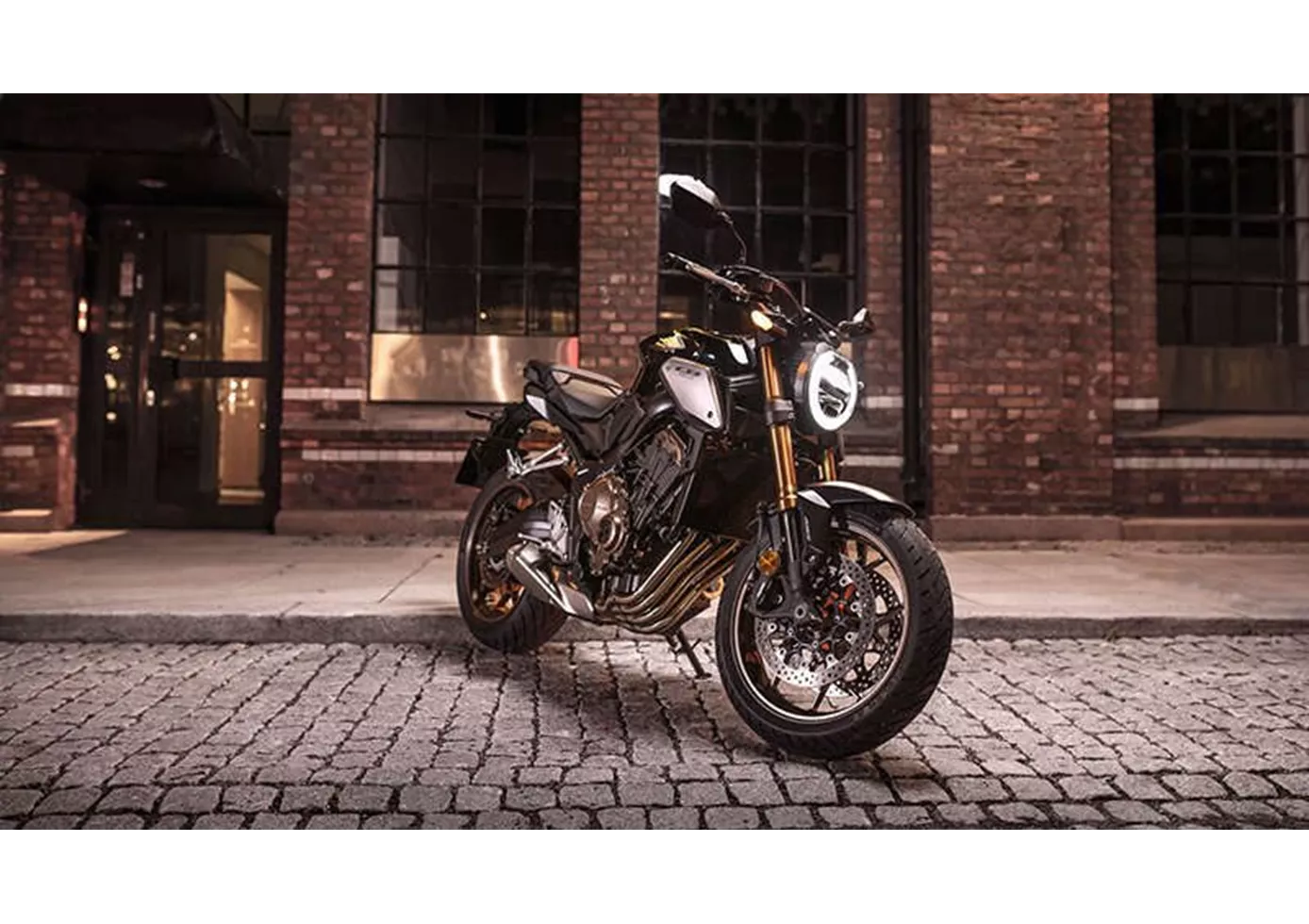
Honda's CB650R proves brilliantly that four-cylinder naked bikes with little displacement are also a real source of joy on the country road. The engine tuning provides enough pressure from the hairpin bend and rewards with a wonderful four-cylinder shriek after a short wait. The chassis components offer a solid balance between everyday life and sportiness.
Suzuki SV 650 2021
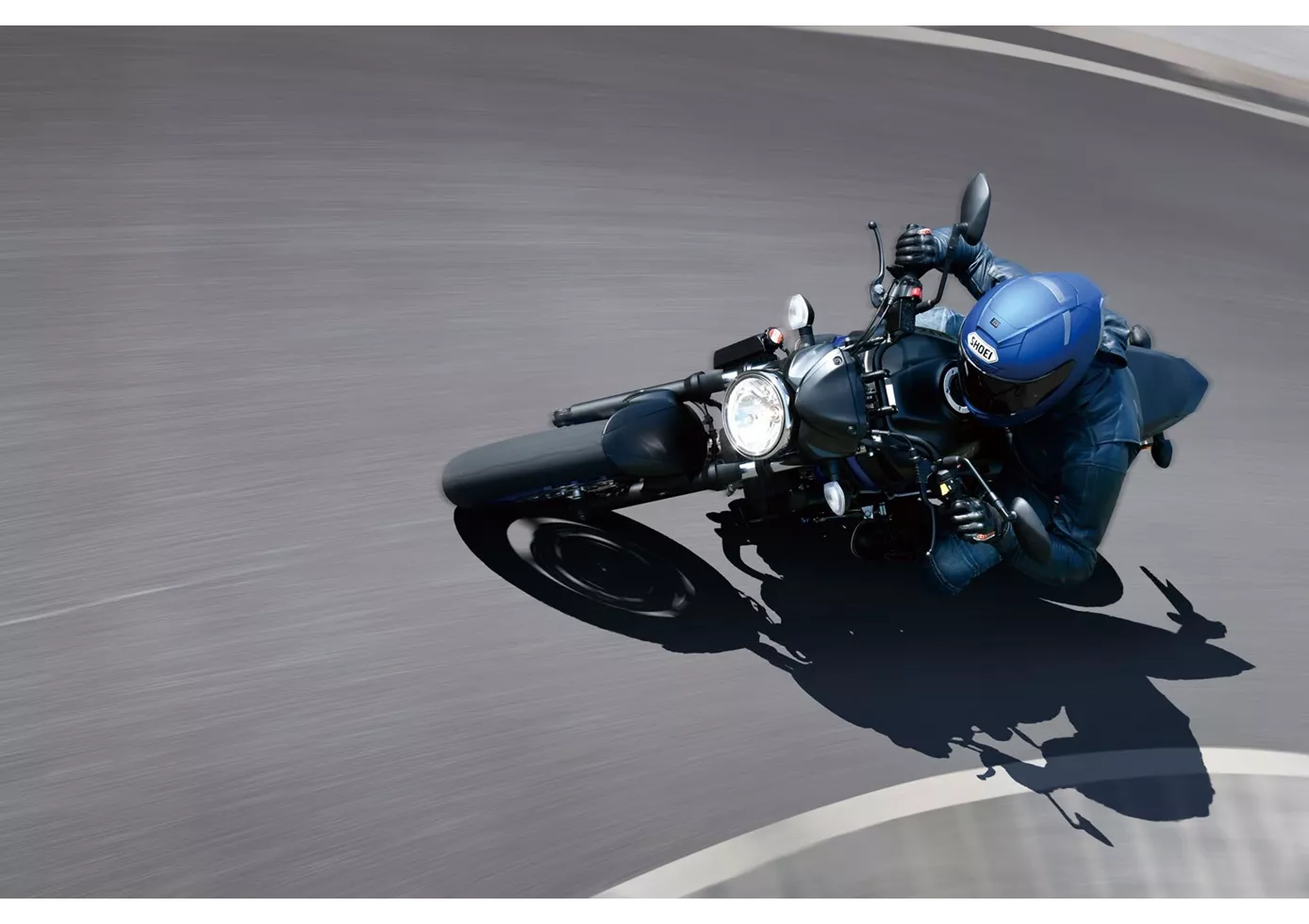
Not much has changed on the Suzuki SV 650 compared to its predecessor, five years ago. The engine has been updated to Euro5 and is now even more mature, which fits in perfectly with the rest of the package. The SV 650 doesn't want to scare anyone, especially beginners. The chassis makes a solid, unagitated impression, the brakes require a lot of manual force to prevent unexpected overbraking. The look is timeless on the one hand, but on the other hand some components are really a bit outdated. On the other hand, the price is fair, as usual for Suzuki.
Price Comparison Avarage Market Price Honda CB650R vs Suzuki SV 650
There are a few key differences between a Honda CB650R 2023 and a Suzuki SV 650 2021. In terms of price, the actual average price of a Honda CB650R 2023 is about 36% higher. Compared to Suzuki SV 650 2021 there are more Honda CB650R 2023 bikes available on the 1000PS.de Marketplace, specifically 78 compared to 13. It takes less time to sell a Honda CB650R with 89 days compared to 111 days for a Suzuki SV 650. Since model year 2019 1000PS.de editors have written 23 reviews for the Honda CB650R and 25 reviews for the Suzuki SV 650 since model year 2005. The first review for the Honda CB650R was published on 08/10/2018 and now has more than 53,700 views. This compares to more than 14,200 views for the first review on Suzuki SV 650 published on 26/09/2008.
